This article was medically reviewed by Luba Lee, FNP-BC, MS and by wikiHow staff writer, Eric McClure. Luba Lee, FNP-BC is a Board-Certified Family Nurse Practitioner (FNP) and educator in Tennessee with over a decade of clinical experience. Luba has certifications in Pediatric Advanced Life Support (PALS), Emergency Medicine, Advanced Cardiac Life Support (ACLS), Team Building, and Critical Care Nursing. She received her Master of Science in Nursing (MSN) from the University of Tennessee in 2006.
There are 14 references cited in this article, which can be found at the bottom of the page.
This article has been viewed 43,194 times.
Crepitus is a general term for the crackling or popping sound made by a joint. This is typically caused by cartilage or soft tissue rubbing against a joint during movement, although it can also be triggered by pockets of air building up in between tendons or bones. Crepitus is not a disease or condition—it’s just something that happens in your body—and it isn’t anything to worry about if you don’t have other symptoms.[1] However, chronic crepitus is often a symptom of several conditions and diseases, so it’s best to call a doctor if your joints are clicking all the time. You also need to schedule a doctor’s appointment if you have any other symptoms associated with your crepitus.
Steps
Reducing Joint Noise
-
1Get up and move around more frequently during the day. Often, crepitus is caused by a buildup of gas or air in between a joint. To keep the gas or air from building up, move around more often throughout the day. If you work at a desk, take a 5- to 10-minute break and walk around every hour. If you’re enjoying a day off on the couch, get up and take a walk around the block every now and then to at least get moving a little bit.[2]
- Do gentle range of motion exercises with your neck, shoulders, elbows, wrists, knees, and ankles.
- This is especially important if you’re over 65 and are at risk of developing osteoarthritis. Even small walks around your home is great for your body!
- You probably don’t need to see a doctor for this unless you have another symptom associated with your crepitus.
-
2Strengthen the muscles around the joint making noise. If you aren’t exercising and you’re physically capable of doing so, now is a good time to start! Strengthening the muscles around the joint that regularly pops will dramatically reduce the frequency and intensity of the sound. If you can strengthen the surrounding muscles, your joint won’t experience much pressure, which is often the source of this popping sound.[3]
- If your wrists or fingers are making a lot of noise, get a hand grip strengthener and squeeze it while you watch TV. You can also do wrist extensions with 5–10 lb (2.3–4.5 kg) weights.
- If your knees make those popping noises, squats are a great way to improve your leg strength. You can also do knee extensions or reverse planks to strengthen your leg muscles.
- Calf raises and ankle rolls are great ways to work out the smaller muscles around your ankles.
- Stretching your arms out regularly is a great way to prevent elbow and shoulder popping. Planks and pushups are a great way to slowly improve your muscle strength over time.
Advertisement -
3Improve your joint health by swimming or cycling. If weight-based or intensive exercises are hard for you, try swimming or cycling! These are two activities that are great for your joints and won’t put a lot of pressure or stress on your muscles. Even 5-10 minutes of exercise a day will help your joints strengthen if you stick with it.[4]
Warning: Running is good for your body, but it can wear down your knee joints over time. If you’re already at risk of developing a joint disease or condition and you experience a lot of crepitus in your knees, running is not an ideal option.
-
4Exercise and change your diet to lose weight and reduce pressure. Cut the junk food out, eat more veggies and fruit, and swap red meats out for lean meats like turkey, fish, or chicken. Get 20-30 minutes of cardio 2-3 times a week. If you can lose a little weight, you will dramatically reduce the amount of pressure on your joints. This will prevent those clicking and popping noises you’re hearing.[5]
- As an added benefit, maintaining a healthy weight is just good for your overall health! You’re less likely to get sick or injured if you maintain a good diet and exercise regularly.
-
5Give yourself a self-massage. Use your hands to gently massage your neck, jaw muscles, and other joints. Then, rub your feet, toes, wrists, and fingers. Make long strokes to warm-up your muscles, then make smaller strokes to target areas that are bothering you.[6]
- Apply body oil or lotion to your hands to make it easier to massage your skin.
-
6Take vitamin D and magnesium supplements if your doctor okays it. Vitamin D helps support your intramuscular health and may reduce inflammation in your body.[7] Since magnesium helps your body absorb vitamin D, take them together to get the best benefit from your supplements.[8]
- Check with your doctor before taking any supplement to make sure it's safe for you.
-
7Rest if you’ve just had surgery or been treated for another condition. Crepitus often flares up after surgery. If you’re hearing a lot of popping noises from your joints, try not to worry about it. Just rest the joints that are making noise and take it easy while you recover. Follow your doctor’s aftercare instructions to ensure you stay healthy and safe while your body repairs itself.[9]
- If you have crepitus and experience pain in the joint after surgery, contact your doctor. You may be experiencing a common complication that requires a debridement to remove the buildup of foreign objects and fluids near a joint.
Seeing a Doctor
-
1Contact your doctor if you have additional symptoms with crepitus. If your joints make noise every once in a while but you have no other symptoms, it really isn’t anything to worry about. However, you must schedule a doctor’s appointment if you have any notable symptoms associated with the joint noise. Crepitus is a common symptom of several diseases, conditions, and types of trauma, so it’s best to investigate the root cause.[10]
- The most common cause of frequent popping is osteoarthritis. However, other symptoms may point towards joint damage, bursitis, tenosynovitis, pneumonia, a bone fracture, gout, or arthritis.
Symptoms that Warrant a Doctor’s Visit:
A change in the texture of the sound, like a clunking or grinding instead of a popping.
Swelling on or around the joint making noise.
Crepitus in an odd location, like the neck, lungs, or chest.
Acute or chronic pain on or around the joint.
Crepitus in a bone or muscle instead of a joint.
Frequent or persistent popping sounds with no noticeable improvement after moving.
A fever, or chills.
-
2Get a physical examination and let the doctor test your range of motion. Show up for your doctor’s appointment and explain your symptoms thoroughly. Let your doctor inspect the joint and perform a basic range-of-motion test on the problematic joint or area. This is typically the first step to ruling out or confirming osteoarthritis, a common form of arthritis where worn down cartilage can no longer protect your joint.[11]
- If the crackling noise is in your lungs, you’re likely going to be sent for a CT scan of your chest. You may have costochondritis, which is an inflammation in the cartilage of the ribs.
- If you have a fever, you may be admitted for pneumonia.
-
3Complete an X-ray if your doctor wants to take a closer look. If your doctor doesn’t confirm their diagnosis in the exam room, they’re likely going to send you to radiology to take an X-ray. Show up at the department where you’re referred and complete the X-ray. Put the protective vest or blanket on and stay still while the lab tech is taking the images.[12]
- This is pretty standard. Your doctor is just interested in what’s going on internally with your joint. They’ll go over the results with you after they’ve been printed.
-
4Talk to your doctor about the next steps regarding your treatment path. Since crepitus is a symptom of a number of conditions, diseases, or traumas, your diagnosis and treatment options will depend on your personal situation. Talk to your doctor about the cause of your crepitus and walk through your options with them to determine the best treatment plan for you.[13]
- In the vast majority of cases, chronic crepitus is a sign of osteoarthritis. This is a permanent condition, but it’s extremely manageable and treatable, so try not to worry too much.
Treating Underlying Conditions
-
1Take an over-the-counter pain reliever if directed by your doctor. If you have pain associated with your crepitus, your doctor may prescribe a pain reliever or suggest you take an OTC pain reliever to manage the symptoms. This is a fairly straightforward pain management solution. Just take the recommended dose of ibuprofen, acetaminophen, or naproxen depending on your doctor’s suggestion.[14]
- If you’re dealing with inflammation or gout, your doctor will likely recommend ibuprofen to reduce the swelling.
- Acetaminophen is ideal for general arthritic pain. Just be sure to eat something before taking it, since it can trigger nausea or stomach pain if you have an empty stomach.
- Naproxen is another anti-inflammatory medication, but it’s a good option if your joint pain is related to your muscles in any way. This may be your doctor’s suggestion if you have bursitis, arthritis, or tendinitis.
-
2Use heat or cold therapy to reduce inflammation or relieve pain. Get a cold compress if you’re experiencing inflammation or swelling. Opt for a heating pad if you have muscle soreness or feel stiff. You can also alternate between cold and heat if you prefer. When your symptoms flare up, apply the cold compress or heating pad to your joint. Leave it for 15-20 minutes and then take a 10- to 15-minute break. Repeat as needed to relieve your symptoms.[15]
- Wrap the cold compress in a cloth to keep the cold from getting too intense.
Warning: Do not use heat or cold therapy if you’re suffering from a loss of sensation. You won’t be able to tell if you’re burning or freezing your skin if you can’t feel it.
-
3Wear a brace to support the joint, muscle, or tendon causing pain. A knee, wrist, elbow, or ankle brace provides support for the joint with crepitus. Stop by an athletic supply store and pick up a fabric or plastic brace for your joint. If necessary, get a custom-made brace from your doctor to provide the most support possible for your joint.[16]
- The custom-made brace may be necessary if you have pain that flares up when you extend past your standard range of motion. These braces restrict your range of motion to support your joint and give it time to heal.
-
4Go to physical therapy if the crepitus was triggered by trauma. In many cases, your doctor may refer you to physical therapy to rehabilitate your muscles or joints. If you have osteoarthritis or another chronic condition, physical therapy will strengthen your joints and muscles, which will reduce your pain over time.[17]
- One of the major benefits of physical therapy is that you’ll learn exercises and workout routines that you can perform at home to relieve your pain.
-
5Consider surgical options if the joint is damaged and causing pain. Depending on the nature of your injury or condition, you may need surgery to remove fluid buildup, repair cartilage, or replace your joint. Surgical interventions are a last resort, but joint conditions are typically degenerative and your symptoms may get worse over time. Talk to your doctor about the risks and rewards of surgical intervention.[18]
- You may need a debridement to smooth out your damaged cartilage and remove the waste that’s building up around your joint.
- You may need an arthroscopy if your tendons need to be repositioned or you have tissue restricting your range of motion.
- The good news is that most of these surgeries are very low-risk and mostly non-invasive. Surgery always carries its risks, but these interventions are reasonably safe.
References
- ↑ https://www.arthritis-health.com/types/general/what-crepitus#:~:text=Crepitus%2C%20sometimes%20called%20crepitation%20(krep,Conditions%20Related%20to%20Degenerative%20Arthritis
- ↑ https://health.clevelandclinic.org/snap-crackle-pop-need-know-joint-noises/
- ↑ https://orthoinfo.aaos.org/en/staying-healthy/knee-exercises/
- ↑ https://www.ornish.com/zine/what-to-do-about-those-noisy-knees/
- ↑ https://www.sutterhealth.org/services/orthopedic/non-surgical-treatment-knee-osteoarthritis
- ↑ https://www.arthritis.org/health-wellness/treatment/complementary-therapies/natural-therapies/types-of-massage
- ↑ https://ods.od.nih.gov/factsheets/VitaminD-HealthProfessional/
- ↑ https://www.ncbi.nlm.nih.gov/pubmed/29480918
- ↑ https://www.ncbi.nlm.nih.gov/pmc/articles/PMC5851845/
- ↑ https://www.cortho.org/general/joint-crepitus-and-relevance-to-arthritis/
- ↑ https://www.msdmanuals.com/professional/musculoskeletal-and-connective-tissue-disorders/approach-to-the-patient-with-joint-symptoms/evaluation-of-the-patient-with-joint-symptoms
- ↑ https://www.aurorahealthcare.org/services/orthopedics/conditions/crepitus#Diagnosis
- ↑ https://www.ncbi.nlm.nih.gov/pmc/articles/PMC5851845/
- ↑ https://www.sutterhealth.org/services/orthopedic/non-surgical-treatment-knee-osteoarthritis
- ↑ https://www.aurorahealthcare.org/services/orthopedics/conditions/crepitus#Diagnosis
- ↑ https://www.sutterhealth.org/services/orthopedic/non-surgical-treatment-knee-osteoarthritis
- ↑ https://www.aurorahealthcare.org/services/orthopedics/conditions/crepitus#Treatment
- ↑ https://www.aurorahealthcare.org/services/orthopedics/conditions/crepitus#Diagnosis
- ↑ https://theconversation.com/what-makes-joints-pop-and-crack-and-is-it-a-sign-of-disease-113076



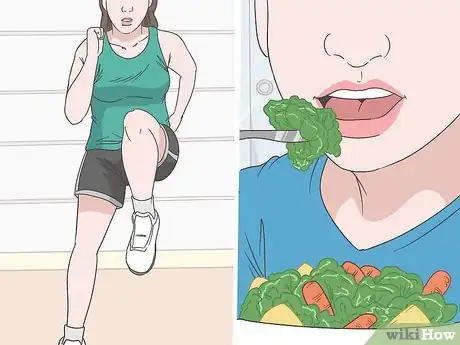

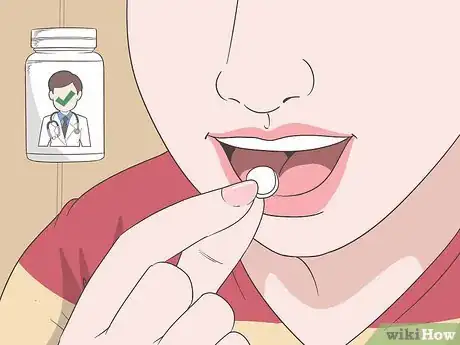
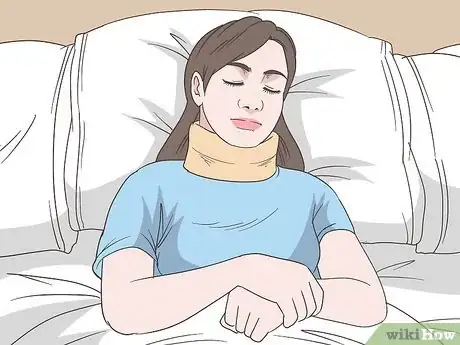
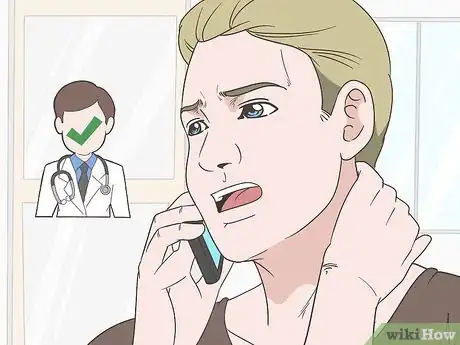



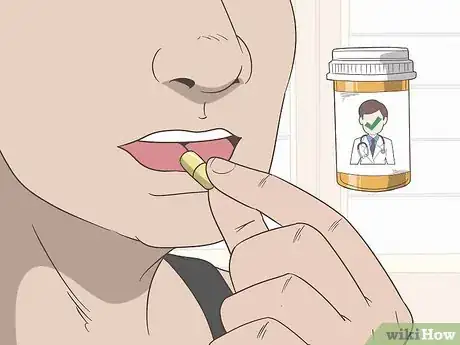

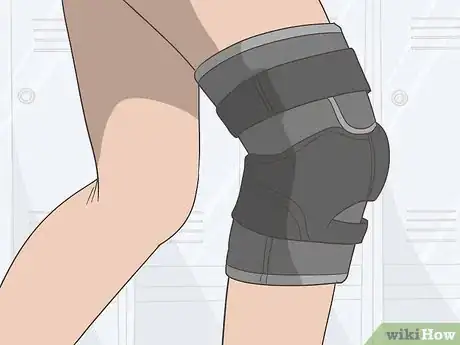

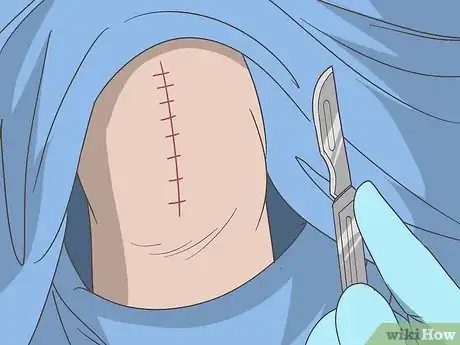






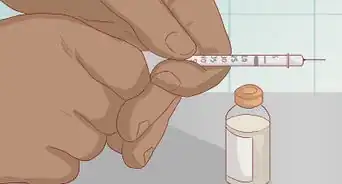

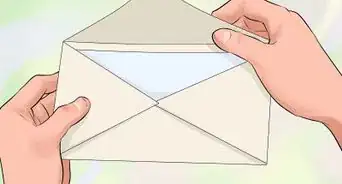
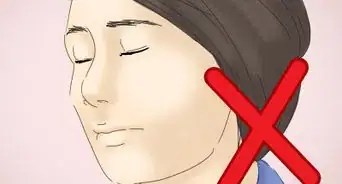









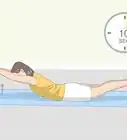






































Medical Disclaimer
The content of this article is not intended to be a substitute for professional medical advice, examination, diagnosis, or treatment. You should always contact your doctor or other qualified healthcare professional before starting, changing, or stopping any kind of health treatment.
Read More...